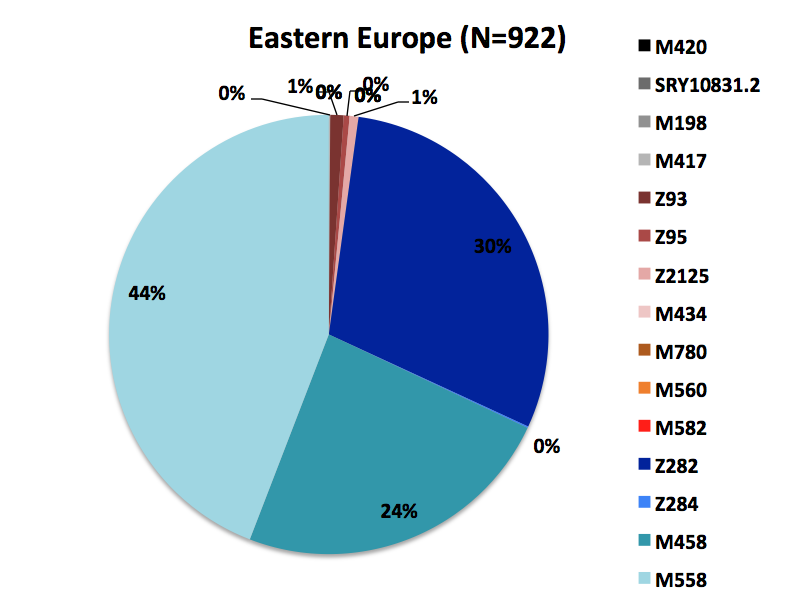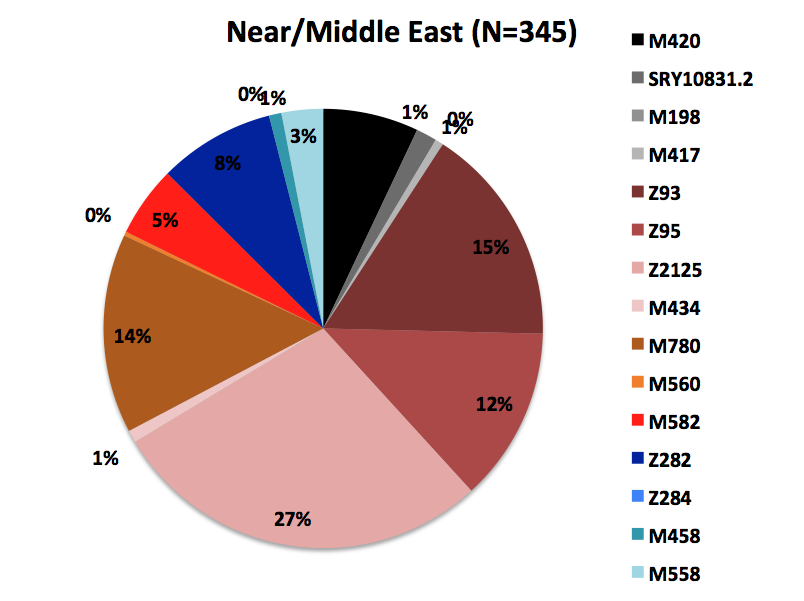Interesting new paper, although from what I have read so far it confirms everything we already suspected. As I had predicted many years ago, Sintashta evolved from Corded-Ware-related R1a population from north-west Russia, but obviously from a separate branch of R1a than the one that advanced to Poland, Germany and Scandinavia, since Central and South Asians descended from Sintashta are all R1a-Z93. That could easily be inferred from modern data.
It's nice to have some samples from the Khvalynsk culture confirming that both R1a1 and R1b1 were already in the Volga region by 5000 BCE. I am not surprised to find both haplogroups there since it is a buffer region between the southern R1b cultures (Yamna, Maykop) and the northern R1a cultures (Corded Ware, Abashevo, Sintashta).
Likewise, I had placed the Poltavka culture as a mixture of R1a and R1b on my migrations maps, and indeed it was so. The only minor surprise was the presence of Q1a in Khvalynsk, but it isn't far from Siberia and Central Asia, so a bit of admixture with neighbours is to be expected.
So Armenian-like R1b would have moved to the Pontic Steppe around 5200 BCE ? I needed confirmation on that point, but it is actually the timing I had suggested in my
history of R1b. Here is what I wrote in 2009:
My migration map showed R1b crossing the Caucasus to the Pontic Steppe some time between 6000 and 5000 BCE, and my
first migration map of R1b (the Flash version, which I can't paste on the forum) indicated 7000 ybp for that trans-Caucasian migration. So it is reassuring that was intuition was right on the timing as well as the geography.
What this paper and other recent papers on ancient Y-DNA have shown is that natural selection has been very active for Y-chromosomes in the last 8,000 years.
For example, what happened to the Anatolian and Balkanic Neolithic H2 ? If we look at region with very high G2a frequencies and EEF ancestry today like Sardinia, the Apennines or Georgia, there isn't any H2 anywhere. One possible explanation is that H2 Y-chromosomes were less competitive and produced less offspring, which gradually weeded it out from the population. But this seems to have happened for quite a few paternal lineages that were once common during the Mesolithic and throughout the Neolithic and even the Early Bronze Age, such as C1a2, F, I*, I2*, J*, K*, P1*, or R1*. The asterisk might as well serve as a reminder that these lineages didn't leave descendants, and therefore no further subclade is available today. Only their brothers or cousins with new mutations perpetuated those haplogroups and what became G2a3b1a, I1a, I2a1a, I2a2a, R1b1a2a1, R1a1a1a, and so on. C1a2, H2 and P1 never got the right mutations and are virtually extinct today.
In light of this, it would make a lot of sense if the tremendous success of R1a-M417 and R1b-L11 was not purely the result of superior Indo-European technology, warfare, conquest and political domination, but also of advantageous genetic mutations increasing male fertility on the one hand, but also typically male behavioral traits such as dominance, as I suggested in
this thread.




